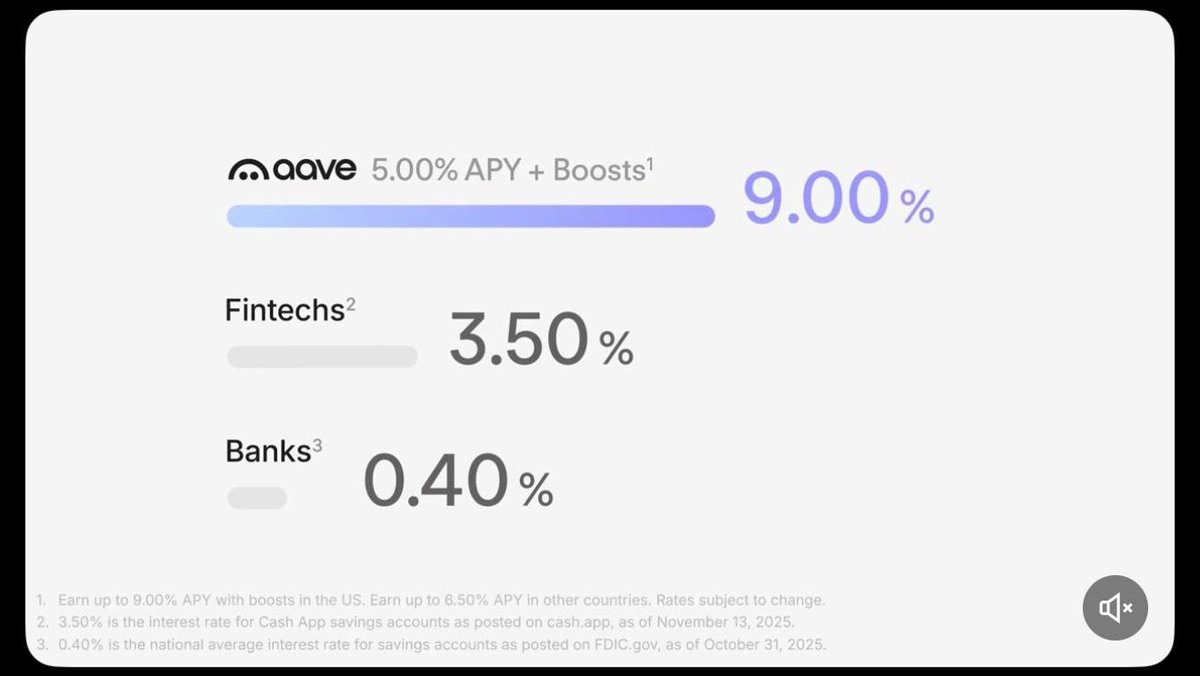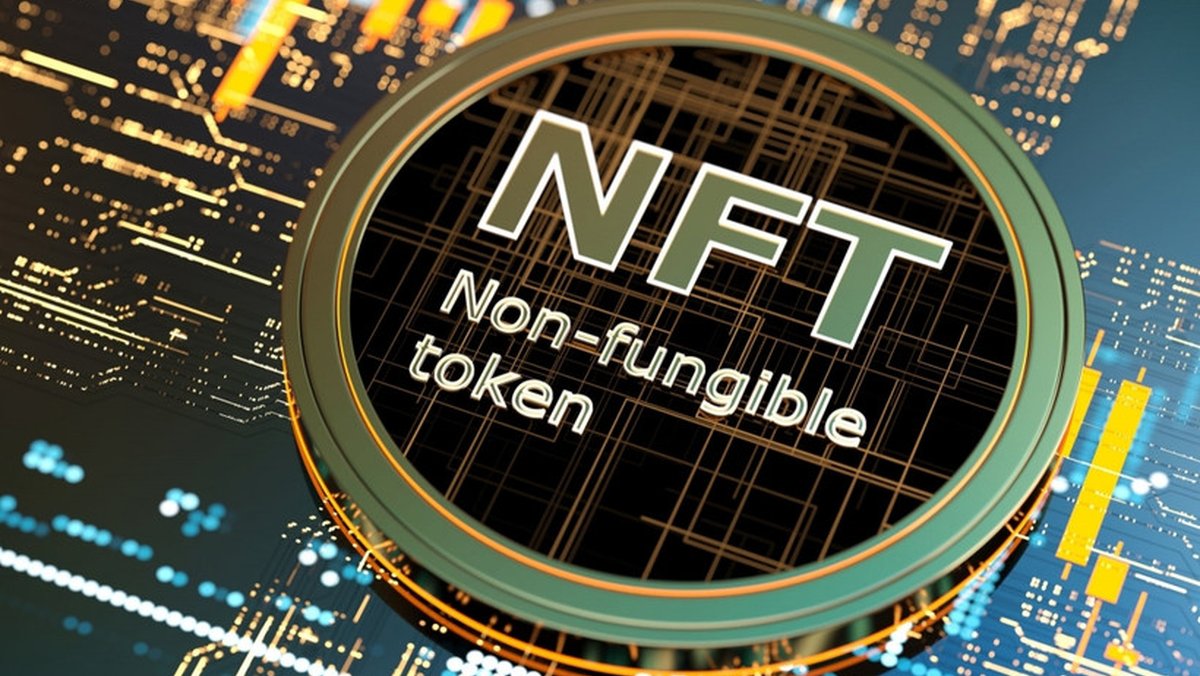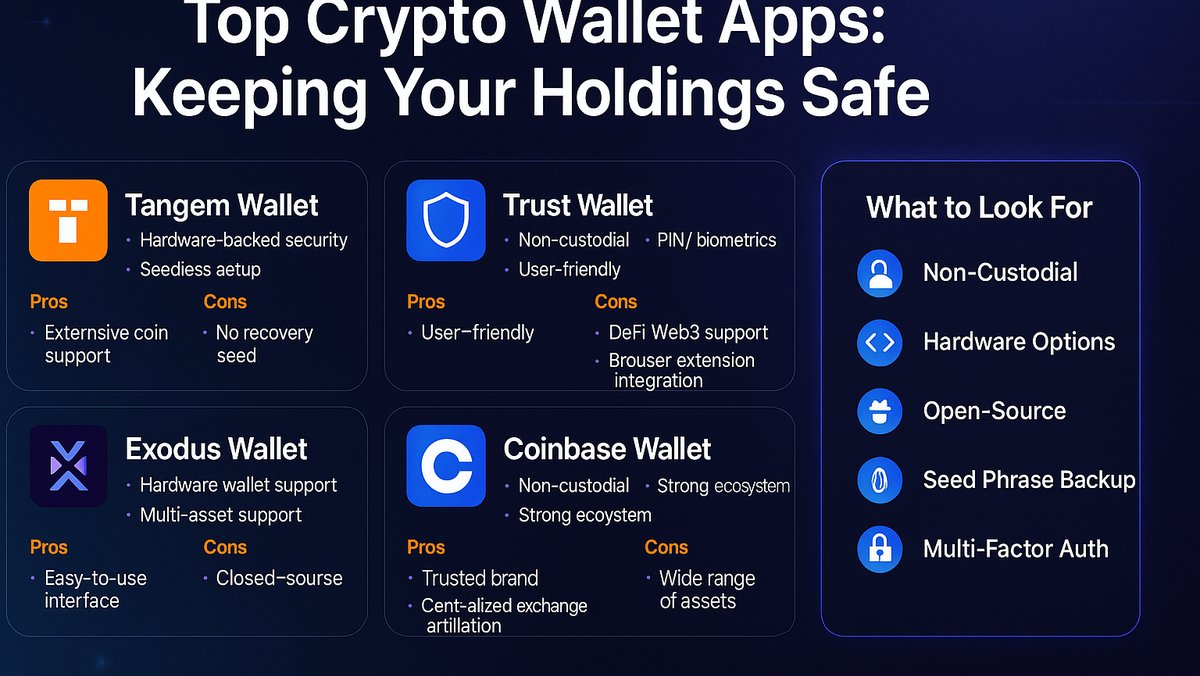Executive Summary
DeFi lending has lived through two archetypes. The first is risk-first, blue-chip pooling (Aave, Compound): conservative collateral lists, curated risk parameters, and sizable, shared liquidity. The second is purpose-built liquidity engineering (Curve): preeminent stablecoin AMMs, later expanding into LLAMMA-style soft liquidations and crvUSD. Both have earned their stripes by shipping, hardening, and surviving. Agoralend (AGORA) advances a third archetype: permissionless, asset-agnostic credit that aims to support 'any ERC-20' across EVM chains, stitched together by P2P and P2C matching, and sweetened with a deflationary token design.
That pitch hits a real market need. Every cycle mints thousands of assets outside blue-chip allowlists. Those tokens sit idle as dead capital because they cannot be pledged. Unlocking that collateral creates borrower demand and lender yield, but it courts the very risks incumbents have spent years mitigating. This analysis explains how Agoralend could square that circle—and the tests it must pass to be more than marketing.
What Made Aave and Curve 'Blue-Chip' in the First Place
Aave scaled by doing a few things exceptionally well: (1) centralized risk discipline even within decentralized governance (clear LTVs, liquidation thresholds, eMode/Isolation Mode in v3); (2) superior liquidations through robust keeper networks; (3) high-quality oracle integrations; and (4) the Safety Module that socializes tail risk via staked AAVE. Curve became the default liquidity plane for like-assets (stable-to-stable, LSTs) and later extended into LLAMMA, a softer-liquidation curve that reduces cliff-risk for borrowers, plus crvUSD’s native stablecoin. The lesson is boring and profound: microstructure—not slogans—decides survivability.
Agoralend’s Contrarian Promise
Agoralend’s hook is breadth and neutrality. Where Aave curates and Curve optimizes within corridors of correlation, Agoralend markets itself as open collateral: support for most popular ERC-20s—from stablecoins to speculative memecoins—without permission, across Ethereum, Arbitrum, Optimism, Base, and other EVM chains. The team highlights two matching modes: P2P (peer-to-peer orderbooks or intents where a lender directly faces a borrower) and P2C (peer-to-contract pool lending) for passive liquidity. According to project communications, audits have been performed and a token model includes staking rewards and a buyback & burn component. A presale has reportedly raised a mid-six-figure amount at a low starting price, with half of supply earmarked for the community.
On paper, this hybrid is compelling: P2P serves thin, idiosyncratic assets without forcing passive LPs to price obscure risk; P2C captures the network effects of pooled liquidity for mainstream assets. In practice, the design only works if dangerous feedback loops are isolated at the cell level. Opening the floodgates to any ERC-20 without draconian segregation is how one thin oracle or one manipulative pool creates protocol-wide bad debt.
Design Pillars a Permissionless Lender Cannot Compromise
1) Isolation by Default
Every asset or cluster of like-assets must live in an isolated market with hard caps on deposits, borrows, and total value at risk (TVAR). That is not a nice-to-have; it is the firewall that prevents long-tail chaos from metastasizing. Maturity-tiered caps (e.g., rising with time and realized liquidity) protect the protocol while letting markets 'earn their way' to scale. Agoralend’s growth narrative should be measured by how many isolated markets graduate, not how many markets exist.
2) Oracle Hygiene Where Liquidity Is Thinnest
The promise to support 'any ERC-20' collides with oracle reality. Many memecoins or micro-caps only trade on a single DEX pair that is manipulable. A serious permissionless lender must implement oracle triangulation (e.g., medianized feeds over multiple venues and time windows), liquidity-weighted TWAPs, and anti-MEV circuit breakers that slow or halt liquidations when price feeds are inconsistent. For highly illiquid assets, only P2P with manual price agreements or bond-style vaults should be allowed; pooled, marginable borrowing against those assets invites loss.
3) Liquidation as a Smoother, Not a Cliff
Where blue-chips can tolerate hard thresholds, long-tail markets need friction-reducing liquidations: partial liquidation bands, progressive penalties, auction buffers, and cross-venue routing. A soft-liquidation curve (akin to LLAMMA) can reduce sudden scrapes that cascade through orderbooks. If Agoralend integrates these mechanics natively, lenders are paid for risk without being hostage to cliff events.
4) Safety Backstop and Recapitalization Rights
A protocol that absorbs idiosyncratic token risk needs a public, auditable safety module (SM) funded by fees and staked AGORA. The SM cannot be window dressing: it must disclose size, liquid backing, and how it recapitalizes bad debt. Bond-style insurance vaults and slashing logic should be known ex ante. Without an SM, the first long-tail incident becomes a brand event.
5) Multi-Chain Without Cross-Margin Nightmares
Supporting multiple EVM chains should not mean cross-chain rehypothecation. Local solvency must be enforced per chain, with no implicit cross-margin that could spread losses through a bridge. If Agoralend ever offers cross-chain credit, it should use state proofs and conservative asynchronous settlement with wide buffers, not optimistic assumptions that break under stress.
Where Agoralend Could Out-Execute Incumbents
- Servicing the Long Tail Efficiently: P2P channels can price bespoke collateral schedules and maturities that pooled venues cannot. Think NFT or memecoin treasuries negotiating bespoke credit lines rather than tapping a one-size pool.
- Price Discovery: In thin markets, P2P can incorporate non-price covenants (e.g., information rights, borrower reputations) and collateral top-up promises that oracles cannot capture.
- Liquidity Routing: By pairing P2C pools for majors with P2P for exotics, Agoralend could internalize borrower migration instead of losing them to OTC desks during volatility.
- Token-Aligned Risk Budgeting: If buyback & burn scales only after the safety module is fully provisioned, AGORA holders enjoy scarcity while the protocol actually derisks. Most projects get this backwards.
Where It Could Fail (And How to Avoid It)
- Oracle Myopia: Over-reliance on a single DEX TWAP for thin assets. Mitigation: venue-weighted medians, capped oracle deltas per block, and liquidation halts on feed divergence.
- Liquidity Theater: Large TVL numbers concentrated in two assets while marketing claims hundreds of 'supported' tokens. Mitigation: publish per-market liquidity and utilization histograms; cap notional exposure per asset tier.
- Subsidy Addiction: APY driven by emissions rather than organic borrowing demand. Mitigation: emissions decay tied to fee coverage and safety-module health; kill-switches on farm-only pools.
- Cross-Chain Contagion: Bridges treated like balance-sheet glue. Mitigation: local solvency, asynchronous settlement, and explicit limits on bridged collateral usage.
Token Economics That Pay for Real Risk
The AGORA token reportedly powers staking rewards, governance, and a buyback-and-burn mechanic. The nuance is sequencing. If net fees (origination, utilization, liquidation, and penalties) flow first into (a) operational buffers (e.g., oracle and keeper incentives), then (b) the safety module until a target coverage ratio is met, and only then (c) buyback & burn, the token accrues value without starving risk defenses. Doing buybacks prematurely is like paying dividends before buying insurance.
Another design to consider is risk-tranching for LPs: base pools (senior) get first-loss protection funded by a junior tranche paid with extra AGORA emissions and penalty fees. This mirrors credit markets and acknowledges that 'any ERC-20' is not homogeneous risk.
Comparative Map: Agoralend vs Aave vs Curve
- Collateral Universe: Aave curates; Curve focuses on like-assets; Agoralend aims for inclusivity. Implication: Agoralend must isolate and price the tail, not wish it away.
- Liquidation Philosophy: Aave uses robust, largely threshold-based liquidations with partial modes; Curve’s LLAMMA softens shocks; Agoralend will be judged on whether it implements soft bands and auction buffers where volatility is highest.
- Risk Backstop: Aave’s Safety Module is a precedent; Curve’s gauges and crvUSD risk engine are another. Agoralend must disclose a clear, funded backstop before scaling long-tail exposure.
- Market Creation: Curve catalyzed liquidity by incentivizing gauges; Aave grew by whitelisting blue-chips. Agoralend’s analog is market factories with graduated caps and intent-based P2P.
Regulatory and Front-End Reality
Permissionless protocols often rely on multiple front-ends with varied geofencing. If Agoralend courts long-tail tokens, some may later be deemed securities in major jurisdictions, altering front-end access. The smart path is a front-end marketplace where risk disclosures and asset-tier flags are standard, and a decentralized subgraph exposes market-level metrics for third-party interfaces. That way, compliance postures can diverge without fragmenting liquidity.
Security: Audits Are a Floor, Not a Ceiling
The team references audits by third parties. Great—now publish reports, scope, and severity matrices. Long-tail risk tends to be economic rather than purely code-level. As such, continuous monitoring (oracle deviations, keeper failures, liquidation lag) and chaos drills matter more than a green checkmark. Consider public bounties specifically for oracle manipulation and cross-market contagion scenarios.
Market Plumbing Checklist for Launch and Scale
- Tiers and Caps: Tier 0 (majors) with wider limits; Tier 1 (mid-caps) with moderate caps and tighter LTV; Tier 2 (long tail) P2P-only or pool caps under a strict dollar ceiling.
- Dynamic Parameters: LTV and liquidation bonuses that adjust with realized slippage and orderbook depth, not static governance lore.
- Volatility Budget: Per-market circuit breakers that slow liquidations when implied vol and oracle dispersion spike together.
- Keeper Redundancy: Multi-venue liquidators with bonded stakes and on-chain performance scoring; subsidize the long tail with explicit bounties.
- Transparent Accounting: Real-time dashboards for utilization, bad debt, liquidation slippage, and safety-module coverage ratio.
Who Benefits if It Works?
- Long-Tail Token Communities: Treasuries and holders can unlock working capital without dumping into shallow books.
- Specialist Lenders: LPs with edge in specific niches (e.g., LRTs, restaked assets, or memecoins with deep culture) can price risk more precisely via P2P.
- Arb and Options Desks: More borrow venues create basis and carry trades that stabilize markets—if their risk is priced correctly.
What to Watch in the First 90 Days
Ignore TVL vanity. Track composition: top-5 assets as a share of TVL, the ratio of P2P to P2C volume, per-market concentration (no single account >15% of borrows in a thin pool), and net fee coverage of safety-module targets. Early wins are boring: a clean liquidation in a volatile, mid-cap pool; an oracle circuit breaker that prevented obvious manipulation; and a graduated cap increase that did not invite farm-and-dump behavior.
Medium-Term Catalysts
- Integrations: Wallet intent routers that can express 'borrow against X at Y LTV' as a one-click action; perps venues using Agoralend borrows as programmatic margin.
- Native Stablecoin or Credit Line: A constrained, over-collateralized stable or credit primitive can reduce dependence on third-party stables where censorship risk is non-zero—if it is conservatively engineered.
- Restaking and Yield Collateral: Safely onboarding LSTs/LRTs with conservative haircuts could attract serious TVL without long-tail fragility—provided rehypothecation is kept transparent.
Bottom Line
Agoralend’s value proposition is not that Aave and Curve are wrong; it is that they are optimized for a particular risk frontier. If Agoralend can safely underwrite collateral that incumbents will not touch—or will only list years later—it can become the on-ramp of last resort for the long tail while coexisting with blue-chip pools. That requires ruthless honesty about risk, public guardrails that throttle growth when conditions deteriorate, and token economics that pay for actual tail events before rewarding holders. If those pieces click, AGORA is more than a ticker; it is an upgrade to DeFi’s credit stack. If not, the market will be reminded—again—that 'permissionless' without 'prudence' is just a countdown clock.







